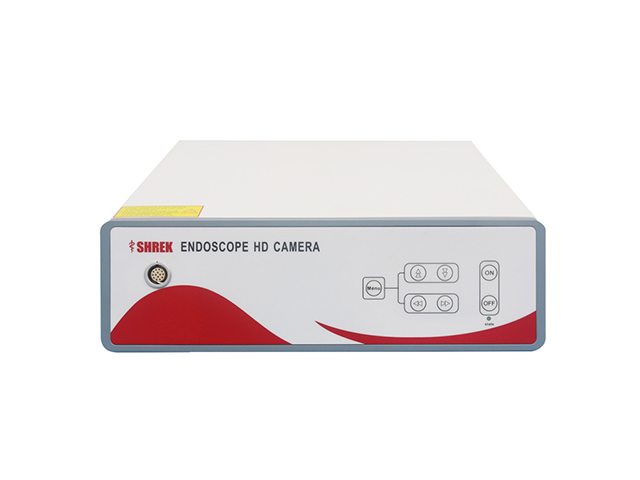SHREK NEWS
How to choose a cold light source system for medical endoscope cameras

When choosing a cold light source system for medical endoscope cameras, there are several factors to consider:
Compatibility: Make sure the light source is compatible with the type of endoscope camera you are using. Different cameras have different connector types and power requirements, so check that the light source you choose is compatible with your camera.
Brightness and color temperature: Look for a light source that provides sufficient brightness for the intended use. Brightness is typically measured in lumens, and the higher the lumen value, the brighter the light. Also, consider the color temperature of the light source. The color temperature can affect the image quality of the endoscopic camera, and it is typically measured in degrees Kelvin (K). A color temperature between 5,000K and 6,000K is usually recommended for medical applications as it provides a neutral white light that closely matches daylight.
Cooling system: Cold light sources use a cooling system to prevent overheating and prolong the life of the bulb. The cooling system can be air-cooled or water-cooled. Air-cooled systems are usually smaller and more compact, while water-cooled systems provide more efficient cooling and can be used for longer periods of time.
Size and portability: Consider the size and portability of the light source. If the light source will be used in a fixed location, a larger unit may be acceptable. However, if the light source will be used in multiple locations, a smaller and more portable unit may be preferable.
Cost: Finally, consider the cost of the light source. Different light sources can vary in price depending on their features and capabilities. Consider your budget and choose a light source that provides the best value for your money.




